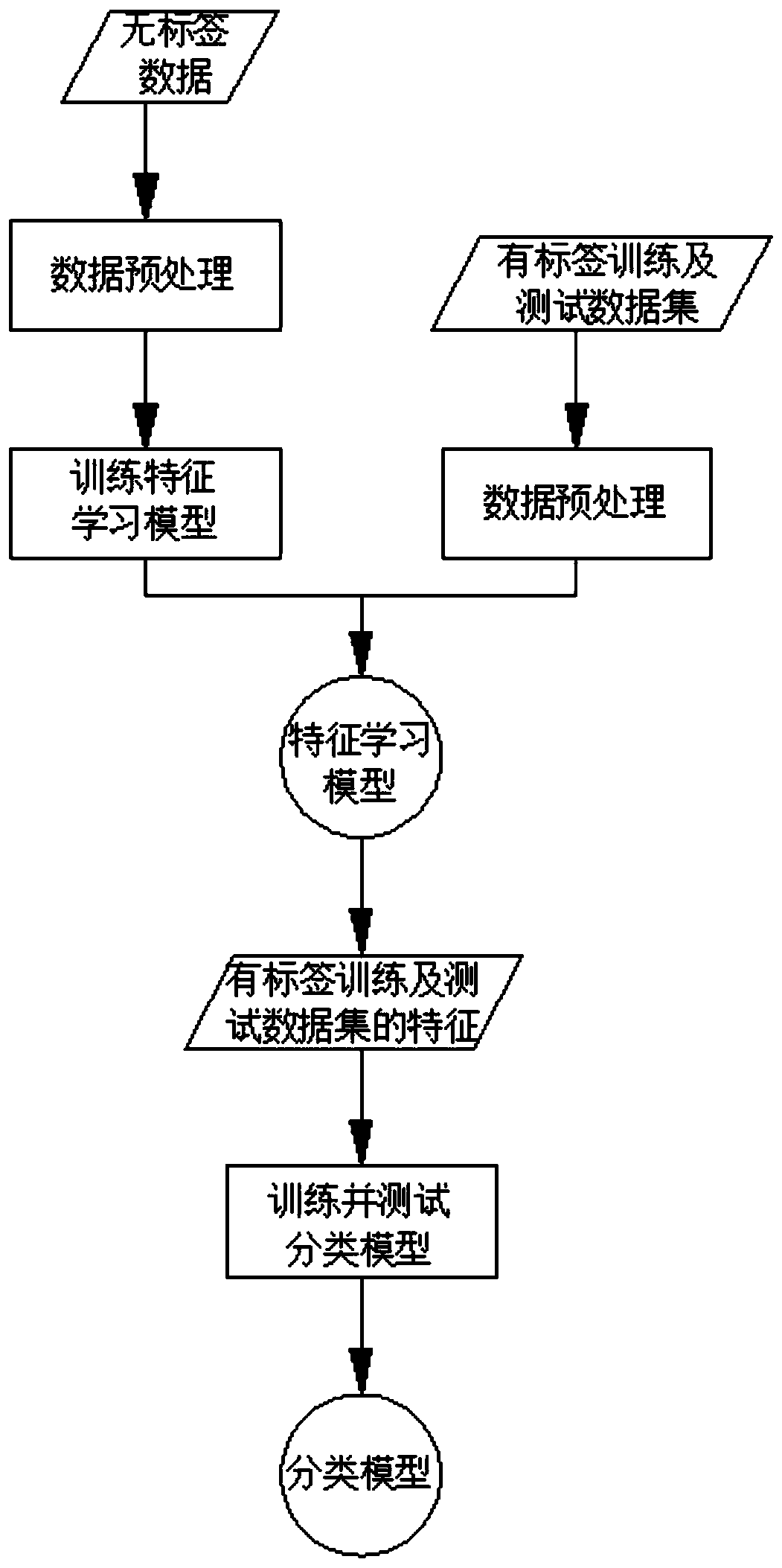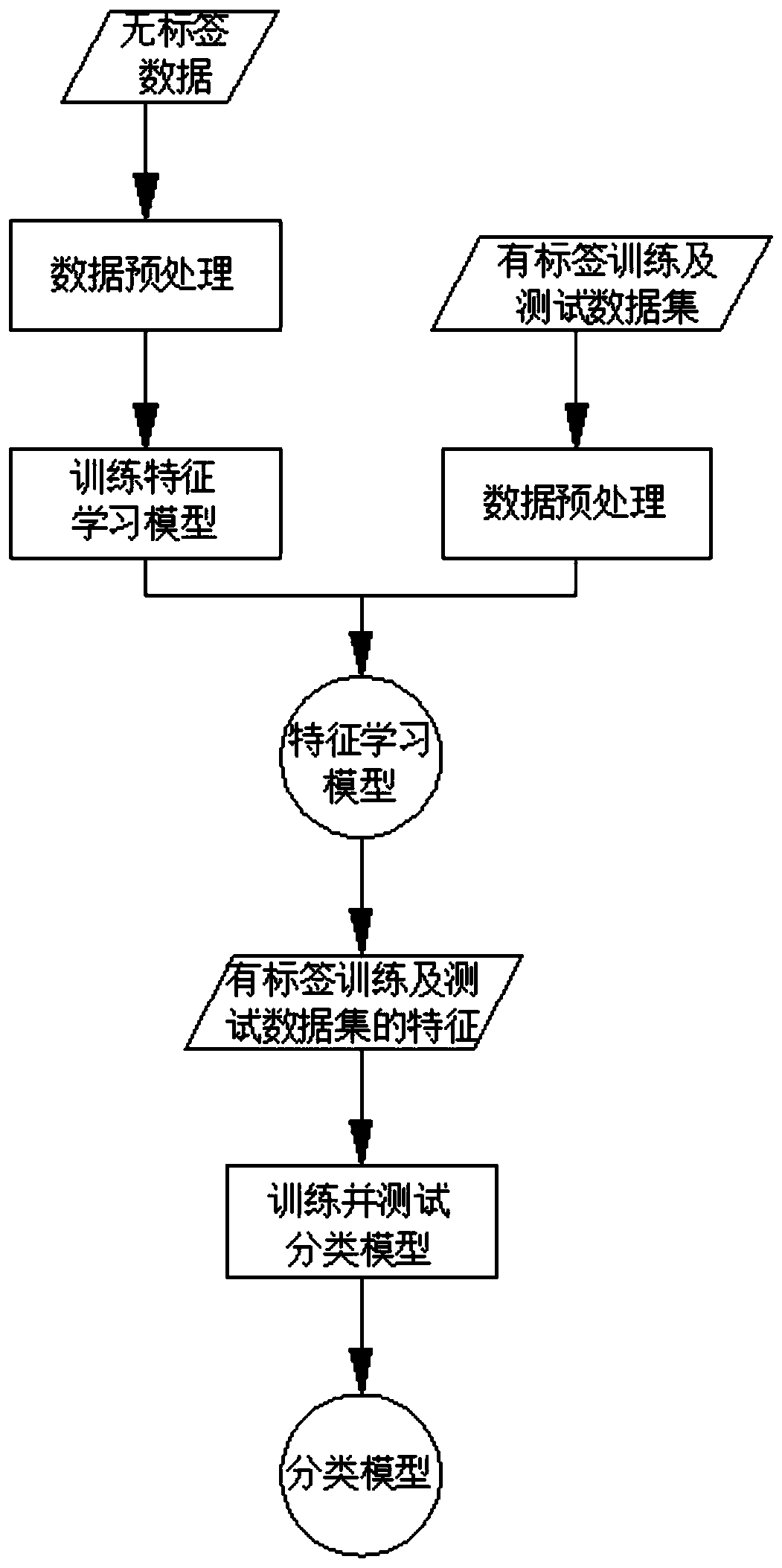A pollution source abnormal data identification method based on a deep learning algorithm
A deep learning and abnormal data technology, applied in the field of abnormal data identification of pollution sources based on deep learning algorithms, can solve the problems of low identification accuracy, inconvenient monitoring of pollution source data, and slow identification speed, and achieve the effect of reducing errors.
- Summary
- Abstract
- Description
- Claims
- Application Information
AI Technical Summary
Problems solved by technology
Method used
Image
Examples
Embodiment Construction
[0018] The following will clearly and completely describe the technical solutions in the embodiments of the present invention with reference to the accompanying drawings in the embodiments of the present invention. Obviously, the described embodiments are only some, not all, embodiments of the present invention. Based on the embodiments of the present invention, all other embodiments obtained by persons of ordinary skill in the art without making creative efforts belong to the protection scope of the present invention.
[0019] see Figure 1-2 , the embodiment of the present invention provides a technical solution: a method for identifying abnormal data of pollution sources based on a deep learning algorithm, which specifically includes the following steps:
[0020] S1. First, the system processing module will control the data acquisition module to collect the detection data of external pollution sources, and transmit the collected data to the data classification module for cl...
PUM
 Login to View More
Login to View More Abstract
Description
Claims
Application Information
 Login to View More
Login to View More - R&D
- Intellectual Property
- Life Sciences
- Materials
- Tech Scout
- Unparalleled Data Quality
- Higher Quality Content
- 60% Fewer Hallucinations
Browse by: Latest US Patents, China's latest patents, Technical Efficacy Thesaurus, Application Domain, Technology Topic, Popular Technical Reports.
© 2025 PatSnap. All rights reserved.Legal|Privacy policy|Modern Slavery Act Transparency Statement|Sitemap|About US| Contact US: help@patsnap.com



